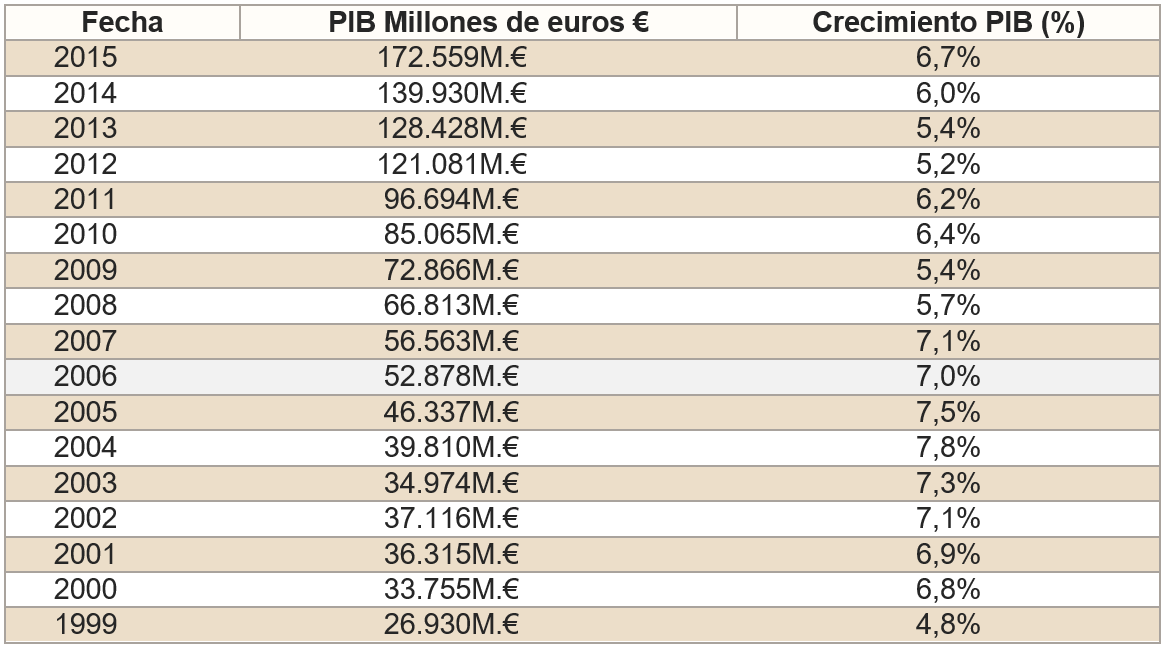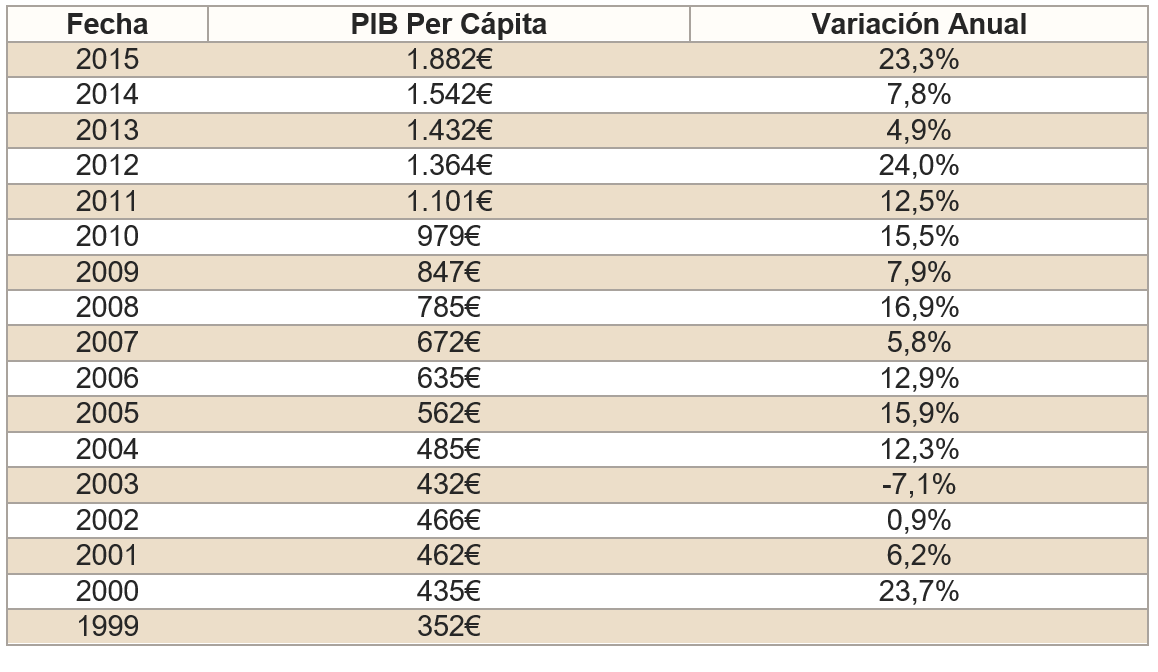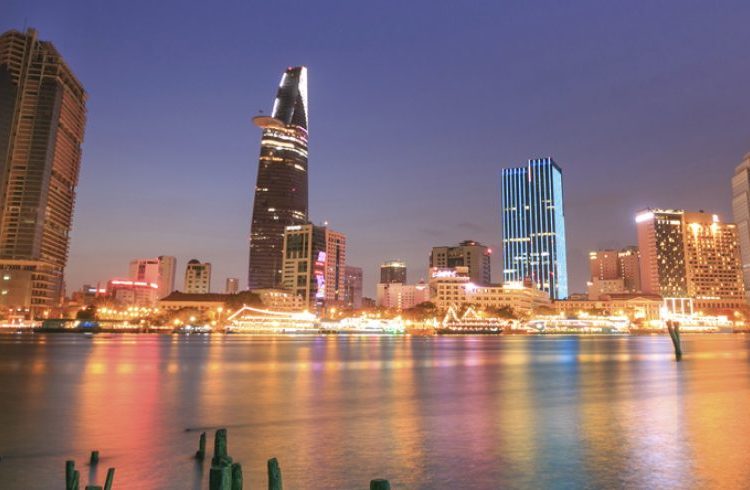“They work. They resemble fine silversmiths in everything they do, in wood, in mother-of-pearl, as gunsmiths, in textiles, in painting, in embroidery, in ploughs.” José Martí wrote this about the Vietnamese.
There are reasons to believe that the Vietnamese carry Cuba in their hearts. And it’s difficult for us Cubans to not have them in ours. For an entire generation, like mine, they were a living example of the capacity to resist and of the will to win in an unequal battle, where the United States used for the first time its weapons of extermination, never seen before.
With a decimated population, whole families who disappeared or died, a territory devastated by gunfire and chemical weapons, and its economy practically destroyed, the Vietnamese reached peace in the mid-1970s. From that point on they faced the task of rebuilding the country.
Vietnam’s recovery is not a miracle; or better said, the miracle of Vietnam is not having been the product of a miracle, but rather of the virtue of work and the subsequent application of a program of transformations that drove it to growing prosperity year after year.
Today, Vietnam displays impressive statistics:

It has had an average growth rate of 6.43{bb302c39ef77509544c7d3ea992cb94710211e0fa5985a4a3940706d9b0380de} in the last 15 years. It has achieved radical changes in its economic structure, promoting a process of industrialization that has made the industrial sector the most important, with a participation of approximately 40{bb302c39ef77509544c7d3ea992cb94710211e0fa5985a4a3940706d9b0380de} in the GDP. This industry is followed by the services sector, with more than 30{bb302c39ef77509544c7d3ea992cb94710211e0fa5985a4a3940706d9b0380de} and agriculture with 20{bb302c39ef77509544c7d3ea992cb94710211e0fa5985a4a3940706d9b0380de}. The country figures among the world’s first producers of cashews and it is the planet’s third exporter of rice.
That GDP growth rate has allowed it to substantially improve its population’s standard of living. The per capita GDP is a good barometer, although not the only one.

This means that since 2000 to date the per capita GDP of the Vietnamese has grown by 534{bb302c39ef77509544c7d3ea992cb94710211e0fa5985a4a3940706d9b0380de}. This economic performance has also had a significant impact on social indicators, since poverty has decreased from 70{bb302c39ef77509544c7d3ea992cb94710211e0fa5985a4a3940706d9b0380de} in 1980, to 58{bb302c39ef77509544c7d3ea992cb94710211e0fa5985a4a3940706d9b0380de} in 1993, to 37{bb302c39ef77509544c7d3ea992cb94710211e0fa5985a4a3940706d9b0380de} in 1998, 29{bb302c39ef77509544c7d3ea992cb94710211e0fa5985a4a3940706d9b0380de} in 2002, 16{bb302c39ef77509544c7d3ea992cb94710211e0fa5985a4a3940706d9b0380de} in 2006, 13{bb302c39ef77509544c7d3ea992cb94710211e0fa5985a4a3940706d9b0380de} in 2008, 10{bb302c39ef77509544c7d3ea992cb94710211e0fa5985a4a3940706d9b0380de} in recent years.
The application of a profound program of reforms was the decision made in the late 1980s when the country faced a severe crisis. Today’s results are the product of that program called Doi Moi.
In its first stage that reform’s aim was to encourage all sectors and agents, maintaining a strong leadership of the state sector. In essence, it consisted of a profound reform in agriculture, the reduction of State subsidies and a strong boost to the private sector and foreign direct investment, the currency was devalued and unified, banking underwent a reform and the conditions were created for a more open economy.
In 1999 the Vietnamese government introduced a new Law of Enterprises that opened the operation of the private sectors previously forbidden and gave legal rights to the economic agents. In 2006 it unified the law of enterprises and that of foreign investment giving equal possibilities to all types of enterprises and economic agents, national and foreign, and introduced a new legal framework that allowed for greater governability.
That’s why what this new Vietnamese economy has produced is not a miracle. Its results are unquestionable in economic and social terms. Vietnam has not renounced its independence and has repeatedly said that it is still striving to build a socialist country.
Cuba and Vietnam have shared their struggle for independence, against imperialism and for economic development. Both countries have undertaken profound reforms; they both persist in the effort to build a socialist country.
When Vietnam was facing the worst of all wars, we were also facing the dirty war of the CIA and the U.S. administrations; however, we had the possibility to start up plans that substantially improved the lives of the majority of Cubans. The Vietnamese at that time, those in the south and those in the north, were making history by resisting and surviving, but also sending their young people to study in other countries, because that’s how big their faith in victory was.
Today Cuba has a Human Development Index of 0.76 and ranks in 67th place in the world, while Vietnam has an index of 0.66 and ranks in 116th place.
The economic results, however, are different.
All countries are different. Their cultures, histories, conditions in which a transforming process kicks off, even those in which it has to develop, are not the same. Cuba continues being blockaded, our transactions continue being persecuted, but neither have we met the goals we set for ourselves five years ago, and that must lead us to rethink what we are doing, now that we’re almost in 2017.
“Small countries have a hard time living,” Martí insisted. There are no same recipes for different realities, but there is proof of what must be done, even if it’s indispensable to adapt it to our reality.
Why can’t our socialist state enterprises be real enterprises?
How is it possible that we have not attained with the sufficient depth that virtuous combination of the state enterprise, the private and cooperative sector and foreign investment?
Why do we only understand investment as a mission of the state enterprises or of foreign investment?
Vietnam is todays Cuba’s second trade partner in Asia. Commercial exchange between the two countries in 2015 reached, according to the National Bureau of Statistics and Information, more than 252 million dollars. This year Cuba exported 4.7 million dollars to Vietnam and imported 247.4 from that country. That impressive negative commercial total is perhaps the best demonstration of the differences between both processes of transformation.
We Cubans continue carrying Vietnam in our hearts. For my generation, the Vietnamese have added in addition to their capacity to resist and their will to win, the ability to build their own future thanks to their will to change.
In the literary tour through the land of the Vietnamese, Martí again said: “And that’s how men are, that each one believes that what he thinks and sees is the truth, and he says in verse and in prose that one must believe only what he believes, just as the four blind men say about the elephant, when what must be done is study with love what men have thought and done.”
Let’s pay attention to Martí, let’s study and understand what the real miracle of Vietnam is.











Juan Triana left a very important detail out of his comparison: the date when the United States government LIFTED the economic blockade it had established on the Vietnamese. The US economic embargo was lifted on Vietnam on February 3, 1994. So, ONLY in 1999 – five years later – the country began to show a positive economic growth. Moreover, there was another player involved – the PR of China. Thus, both variables have to be taken into account when discussing the Vietnamese experience as a “model.”